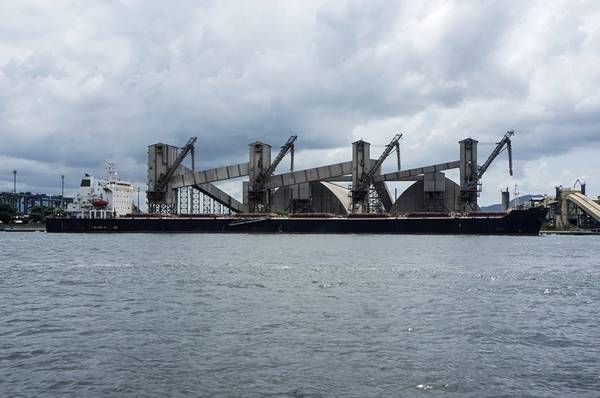
Brazil is expected to export 11.9 million tonnes of soybeans in June, a 37% rise from the same month last year, as Chinese demand remains strong and ports operate normally amid the COVID-19 pandemic, industry group Anec said on Tuesday.
Exports of corn from Brazil are seen at 774,850 tonnes in the month based on shipping data, Anec said in a report.
Anec also raised its annual export projection for 2020 to 78 million tonnes of soybeans, up from a prediction of 73 million tonnes in April.
Brazil’s July soy exports are predicted to be 7.25 million tonnes while corn sales abroad are estimated at 3.9 million tonnes, with Brazil’s season for exporting its second corn crop beginning in earnest, according to the data.
Soybean exports are projected to be close to 69 million tonnes at the end of July while corn shipments are projected at 6.48 million tonnes, Anec said, emphasizing strong demand for corn from Taiwan.
In the period, Taiwan was the destination for 32% of Brazil’s corn exports followed by Vietnam (16%), Japan (14%), and Iran (9%), Anec said.
China accounted for 72% of Brazil’s soy exports in the first half.
(Reporting by Roberto Samora and Ana Mano; Editing by Marguerita Choy)



